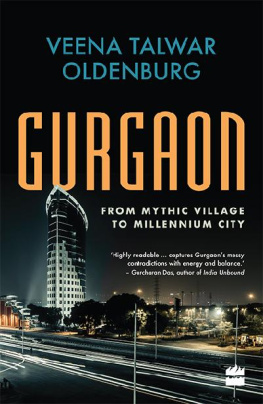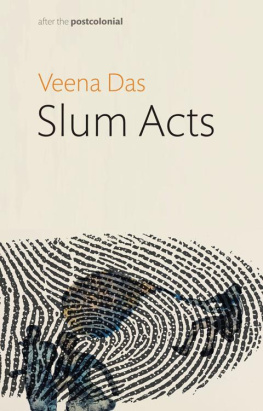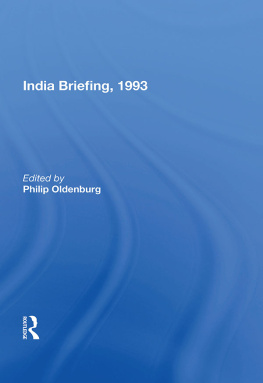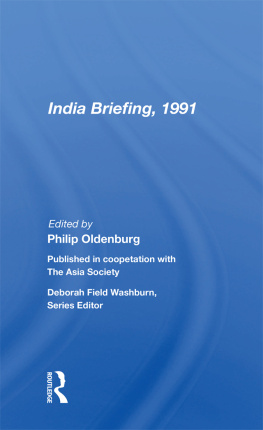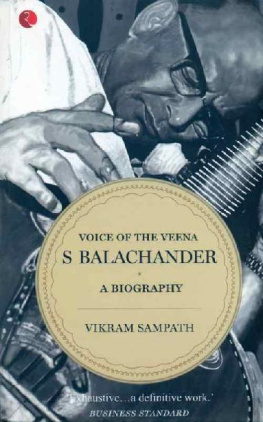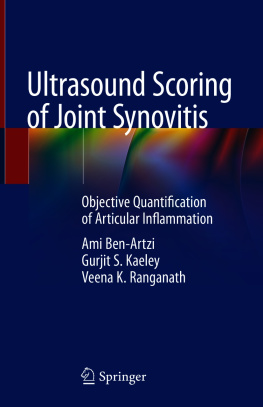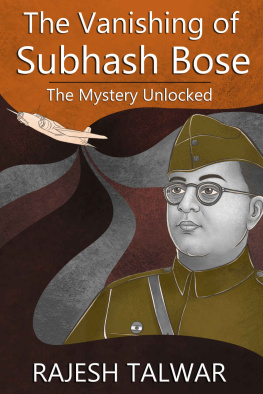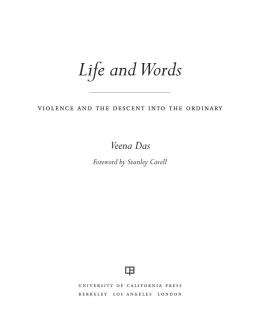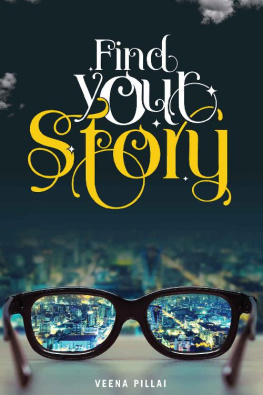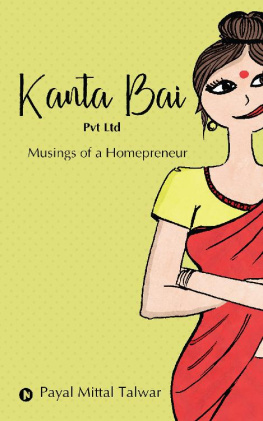For the wonderful team at I Am Gurgaon that works untiringly to make Gurgaon a city we shall all be proud of
F rom its obscure origins as a hamlet to its present-day status as Indias Millennium City, the story of Gurgaon is a long and eventful one. In 2010, when a station of the Metro line connecting Gurgaon to Delhi was named Guru Dronacharya after the resident sage in the Sanskrit epic Mahabharata, it was a reminder that this city, with its sleek malls, towering residential and corporate high-rises, and its Arnold Palmerdesigned golf course, had several hoary incarnations before it became the microcosm of a rapidly urbanizing India.
Gurgaons transformation covers the entire arc of Indian urbanization and yet, it has been ignored as a subject of history. This book is the first history of Gurgaon and will, it is hoped, become a fixture in every literate Gurgaon household and beyond to relate to adults and children the story of Gurgaons making. The media notices Gurgaon mostly when an untoward event occurslike the flooding of its streets after a heavy rainstorm, or the oft-told tale of its poor and unfinished infrastructure. Today one can find information on Gurgaon, piecemeal, in a few scholarly articles, or on the Internet where official and media websites have proliferated, and even Wikipedia has an unedited, patchy entry on the city. This volume goes beyond scattered snapshots of the present that periodically appear in newspapers worldwide, and gives a layered and thematic account that connects this new dot on the global map to the history, economy, society and ecology that produced it. Ive traced its forgotten antecedents and tracked the sweep of change that ends in todays startling megalopolis with its hurriedly changing way of life, demographics, civil society, consumerism, architecture, and infrastructure.
Gurgaons unprecedented growth has left city planners dazed and paralysed, and conflicts and collaborations have emerged between private developers, politicians, bureaucrats and middle-class residents. The lack of water and electricity, unfinished roads and incomplete infrastructure, and its exploding migrant population, all reflect the larger national trend of hard-pressed agricultural labour moving to cities that offer jobs and better living conditions. It many ways, it is modern Indias apt metonym and the emerging model for how a partnership of corporations and government authorities might prove dynamic and fruitful.
Gurgaon has defiantly rejected its image as a suburb and is fashioning an urban identity of its own on an ambitious scale. Worldwide media reportage, fiction, films, and more than two dozen blogs share vignettes that dwell on its jarring contrastspalatial houses of millionaires on leafy streets screen temporary shanty towns; cows meander on freshly painted zebra crossings; open drains, an inadequate sewerage system and ubiquitous litter exist side by side with the well-tended lawns of gated residential towers with round-the-clock power (some of it privately generated) and water supply.
In roughly two decades, its urban sprawl has engulfed some fifty-odd villages as Gurgaon has expanded and real estate prices have soared. The nativesGujar herdsmen, Jat peasants, and Yadav traders and workersare now a minority; they resent the flood of poor Bengali, Bihari and Rajasthani migrants and the wealthy middle-class professionals. Yet, for the city to thrive, it is totally dependent on the services of these very natives and the migrants. These conflicts and convergences are creating a modern epic.
It is important to make clear, though, that this is but a laypersons history. In analysing the bewildering and interlinked themes, trends, issues, events and actors of these past three decades, I have tried to tell the intriguing story that conjured present-day Gurgaon in my own voice, and often inflected with my personal experiences and opinions in the decades that I have known it. I have not written this book for academics, so it has no review of the literature that exists on Gurgaon, just passing references of a few works I found relevant to my narrative. It is written in plain language for the people of Gurgaon, or at least its English-reading public, the majority of whom are strangers who migrated to Gurgaon in this period of its hectic development and might be curious about the city they find themselves in. It has no scholarly pretensions or jargon but it still is grounded in extensive research I did for about five years before I put pen to paper. It is especially for the youngthe millennialspeople who were born here and have grown up in this strange yet familiar place, where they are exposed to its glamorous side and in their hurry, cannot explore their curiosity about what lurks in its shadows. I do not think this history can be comprehensive or even completeit is impossible to keep up with a city that is still growing at so rapid a clip. Gurgaon changes everyday; its politicians and bureaucrats, builders and citizens are in a triangulated relationship, often a three-sided tug of war, to shape and control its future. Its landscape adds features even as I write, things I saw half-finished are now complete, but I couldnt return to update things. I have, therefore, chosen to focus on the main trends and grasp the forces that created it. So, there will always be events, places, and people who are clearly part of this history but time and space defined what could have been included. And isnt history a point of view of the facts, interpretive and opinionated? This is clearly my own interpretation of what I encountered and cobbled together. If it provokes arguments and further reading, part of my goal will have been accomplished.
There is plenty to admire in this brash, bold and young city and there are also huge missteps and omissions, planned and unplanned. Yet, overall, I am optimistic about Gurgaons future as a premier city in India. My foray into its vibrant civil society has turned up a host of non-governmental and web-based organizations involved in a synergetic effort to improve what is patently wrong with Gurgaon. A new, burgeoning middle class of young professionals, retirees fleeing the congestion of Delhi for more spacious accommodation, Indians returning from abroad and looking for creature comforts to which they are accustomed, have flocked to Gurgaon. They demand, in organized and sporadic attempts, open spaces and parks, footpaths, running and cycling tracks, art galleries, performance spaces, fairs and public safety. Public vigils, protests and activism of all sorts have enlivened a formerly moribund space and given it the profile of a bustling city. Non-governmental organizations (NGOs) like I Am Gurgaon, SURGE, We the People, Greening Gurgaon, Keep Gurgaon Clean, Planting a Million Trees, and Running and Living are transforming Gurgaon, retrofitting it with pavements for pedestrians, creating the stunning 350-acre Aravalli Biodiversity Park, rescued from illegal miners, and, with luck, honing Gurgaons civic pride.
Gurgaon is also a site for the profoundly changing relationship of gender and power. Social conflicts abound in India, and Gurgaon showcases every single variety. Through the stories of local and migrant women, we can index social change in a better way. Women, struggling with segregation and exclusion, inhabit the villages that survive as enclaves within the city limits. They stand in stark contrast to their affluent counterparts who live in the recently built city. Honour killings, illiteracy, the poorest female sex ratios in the world, sex segregation, and the scandalous khap panchayats (clan councils) that attempt to regulate social mores in these urban villages are still rampant.


